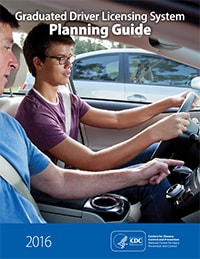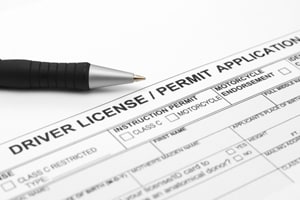Graduated Driver Licensing Systems
Graduated Driver Licensing (GDL) systems help new drivers gain skills under lower-risk conditions. Drivers are given more privileges as they move through the stages of GDL, such as driving at night or with passengers.
All states have three-stage GDL systems, though laws vary.
- Stage 1: Learner’s permit
- Stage 2: Intermediate license (sometimes called a provisional license)
- Stage 3: Full licensure
Graduated Driver Licensing (GDL) systems are proven to reduce teen crashes and deaths. For example, a 2015 meta-analysis of GDL laws indicated that GDL systems are associated with a 19% reduction in injury crashes and a 21% reduction in fatal crashes for 16-year-olds.
Check out GDL laws by state on the Insurance Institute for Highway Safety’s website or your state’s Department of Motor Vehicles website to learn more about your state’s GDL system.
CDC’s GDL Planning Guide is designed to assist states to assess, develop, and implement actionable plans to strengthen graduated driver licensing practices.
Graduated Driver Licensing System Planning Guide [PDF – 3 MB]

